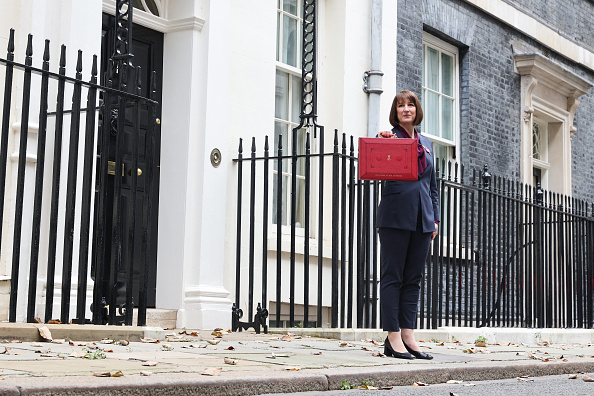The so-called ‘reverse charge’ forms part of the Government’s strategy to tackle ‘Missing Trader Intra-Community’ (MTIC) fraud. It will see a new VAT accounting system applied to mobile phones and computer chips. By removing the opportunity to steal VAT on business-to-business transactions, it will prevent MTIC fraud in those goods, claims HMRC.
Under the reverse charge procedure, the supplier of the specified goods does not account for the VAT on their sales when selling to other VAT registered businesses. Instead it is the responsibility of the purchaser of the goods to do so.
Provided that the purchaser has correctly done this, they can recover this VAT in the normal way. This means that HMRC is not put in a position where it may have to make repayments of VAT where the corresponding tax on the sale has not been paid.
The Paymaster General, Dawn Primarolo MP comments: ‘We are targeting the measure at the goods most commonly used in the fraud. This is a proportionate step to safeguard taxpayers’ money, and means that businesses can trade in these goods without the risk of getting caught up in the fraud.’
In recent months HMRC has focused efforts on denying the fraudsters access to the proceeds of their crimes, including checks on VAT repayment claims from those trading in supply chains associated with MTIC fraud. As a result, says the Government, the level of trading associated with attempted fraud has fallen significantly in recent months.





